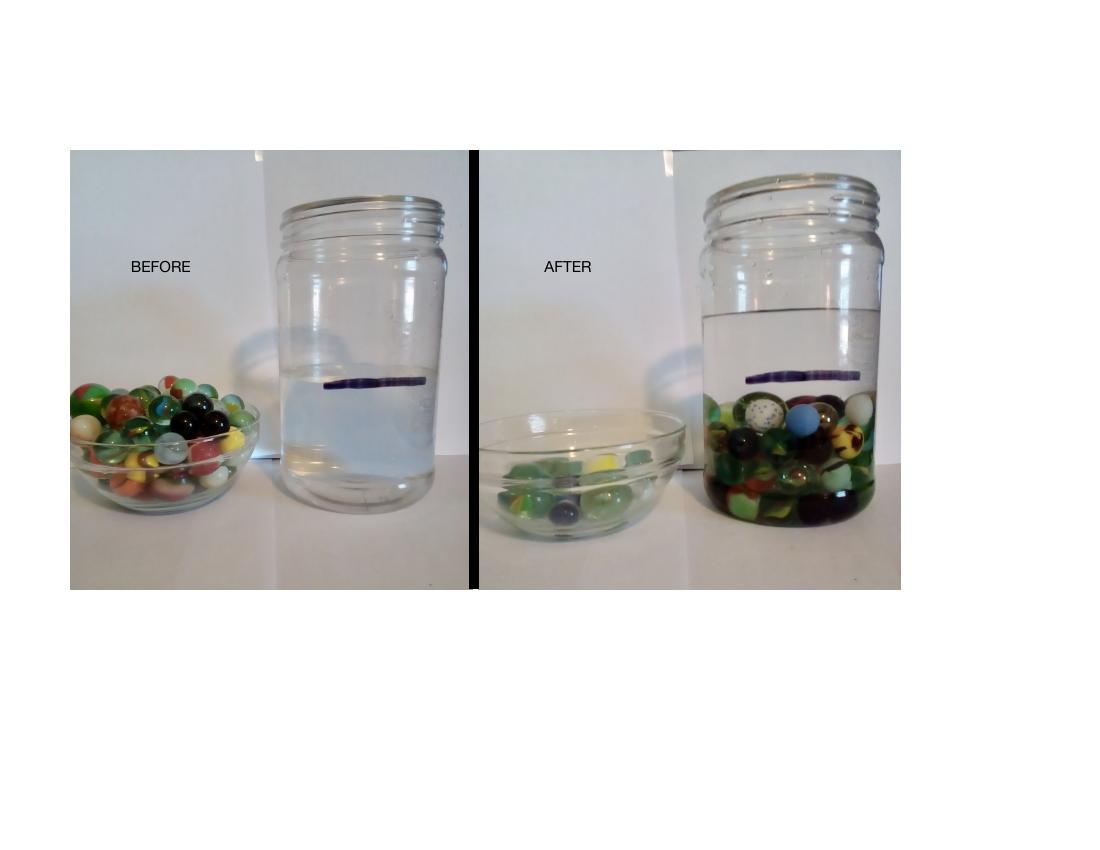

Gravity
Gravity is one of our greatest tools, even if it is a hazard to us at times (when mountain climbing or roller skating).
How did Barton use gravity?
Gravity helps keep trains on the tracks, which was real helpful to people on trains.
And remember that Barton worked at the courthouse?
The courthouse had (still has) a clocktower that Sophie and Parker explored, right?
What powered the clock before the courthouse was electrified? How did those clock-gears turn?
Weights, like grandfather clocks use.
One reason clock towers were so tall, was to give room for the weights to travel. They used gravity to power the clocks.
That’s right, gravity turned many big clocks before electricity was available.
The weight chases (the chutes the weights moved in) were still there when Sophie and Parker explored the clocktower.
And the longer the weight chase, the longer the time between rewindings.
What made the water wheel turn at the grinding mill that ground Barton’s cornmeal?
Flowing water, you say?
Yes, but what makes the water flow?
Gravity.
Gravity pulls water from higher places to lower places, so indirectly, cornmeal is ground by gravity.
And today, gravity is what brings water from the water tower in your town, to your faucet.
We can calculate how gravity pulls on water in water tanks.
If the water tank in your town is 100’ taller than the spigot at your house, that spigot will have 43.3 psi (pounds of pressure per square inch) of water pressure; a .433 psi per foot of rise of the supply tank.
Water pressure is a tool in itself, and does many jobs for us, thanks to gravity.
If you don't think gravity is useful, imagine an astronaut eating popcorn in space.
What surprises me most about gravity?
Hot air balloons.
Gravity actually pushes hot air balloons up into the sky.
Let me explain by example:
Fill a clear plastic jar half-full of water and mark the water level. The water sits on the bottom of the jar, correct?
Now, get some marbles. Drop a marble in.
What happened to the water that used to be in that very spot, where the marble now rests?
It was displaced, pushed out of the way by the heavier marble.
The water had to move to another spot. The water level moved up a bit.
Keep putting marbles in the glass and watch the water rise above the mark. See the photos above.
What makes the water rise?
The gravity; by pulling down the heavier marbles, it pushes up the lighter water.
Gravity pushes things up?
Yes, by pulling harder on the marbles, the denser objects push the lighter water up, out of the way.
The key term is ‘density’. The denser the item, the harder gravity pulls on it.
And this phenom applies to hot air balloons.
The hot air inside the balloon, makes the entire balloon weigh less than the regular air around it,
so gravity pulls harder on the outside air, which pushes the balloon up and out of the way.
I was in Albuquerque, NM in October,2017 at the time of the balloon festival. Really cool!
When is the best time to launch a balloon? In the morning when the air is cooler, and therefore denser,
A cubic foot of cold air weighs more than a cubic foot of hot air, so.....
This is the weirdest piece of science that I know of; gravity pushing things up.
I’m sure there’s a name for this phenom, but I haven’t found it.
What would you call it?
Eric J. Rose
middlegrademysteries.com
Photo: EJR
photo #2: visitalbuquerque.org